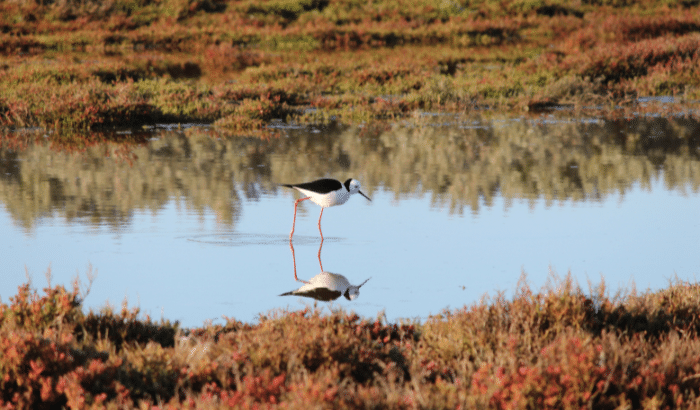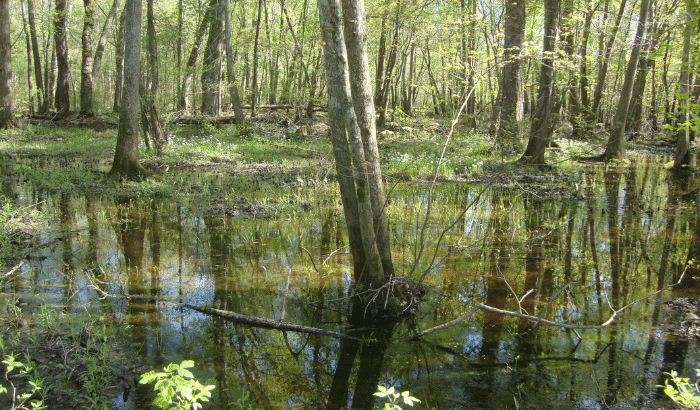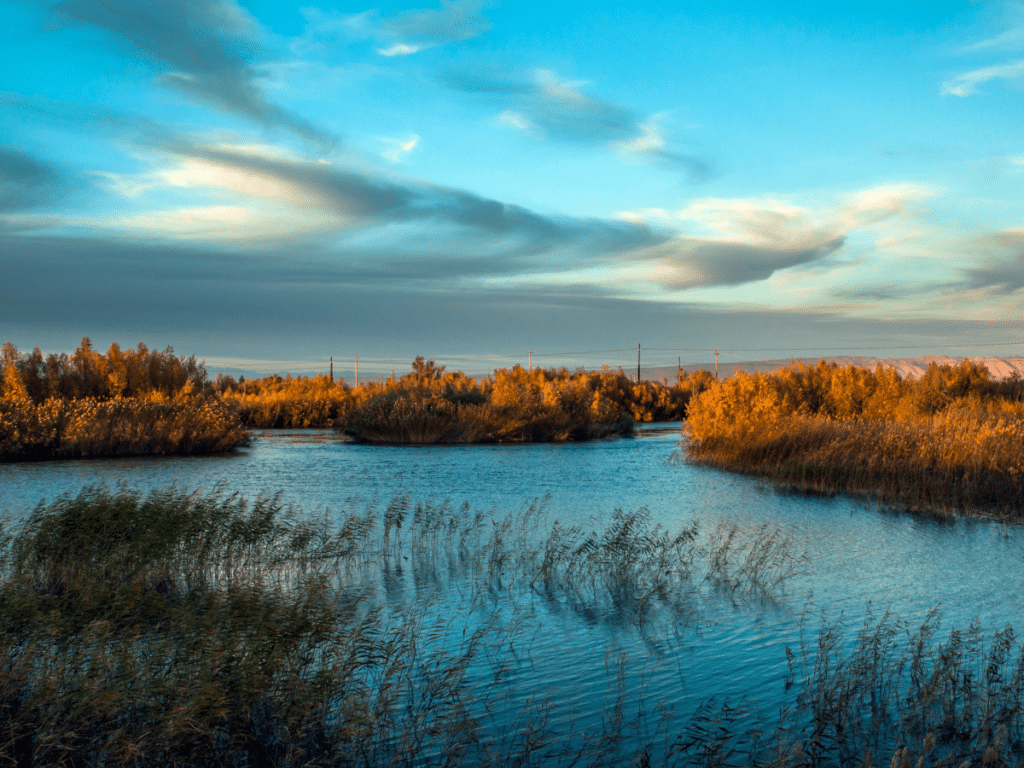Among the diverse options available, wetland creation stands out as a powerful choice for fostering biodiversity, improving water quality, and addressing climate change. In this blog, we highlight some of the options available to landowners and farmers creating wetlands with Countryside Stewardship, how much you could potentially get paid, and the environmental impact these can bring.
Why Wetlands?
In our recent blog, we dived into wetlands and why they are such an important feature of our landscapes. Without a doubt, we need more wetland creation and enhancement to combat climate change, reduce flood risk, and improve biodiversity. However, these changes can be expensive for land owners – both in project costs and in potential income foregone from areas taken out of production. Landowners and farmers must be supported in this transition. The Countryside Stewardship Scheme is an example of this support.
Please note, that you should work with an advisor if applying for countryside stewardship, who will help guide you through the application, including option eligibility, suitability, and finances.

Wetland Countryside Stewardship Options – Mid Tier
WN2: Creation of Scrapes and Gutters
- Payment: £2.23 per square metre.
- Environmental Benefits: Scrapes and gutters provide essential habitat for wildlife, creating feeding areas for waders and promoting biodiversity in wet and dry habitats.
SW18: Raised Water Levels on Grassland on Peat Soils
- Payment: £1,381 per hectare (ha).
- Environmental Benefits: This option prevents degradation of lowland peat soils, reducing carbon dioxide release, and promoting soil health, flood management, and biodiversity
Wetland Countryside Stewardship Options – Higher Tier
GS11: Creation of Wet Grassland for Breeding Waders
- Payment: £676 per hectare (ha).
- Environmental Benefits: Establishes wet grassland for breeding waders, supporting successful nesting and fledging of young birds.
WT7: Creation of Reedbed
- Payment: £1,605 per hectare (ha).
- Environmental Benefits: Generates reed-dominated vegetation, creating habitat for diverse species in wetland areas.
WT9: Creation of Fen
- Payment: £1,605 per hectare (ha).
- Environmental Benefits: Creates open fen vegetation, supporting a diverse range of fen species and enhancing overall wetland biodiversity.
GS12: Creation of Wet Grassland for Wintering Waders and Wildfowl
- Payment: £547 per hectare (ha).
- Environmental Benefits: Provides wintering grounds for wildfowl and wading birds, offering undisturbed feeding and roosting areas.
SW12: Making Space for Water
- Payment: £1,489 per hectare (ha).
- Environmental Benefits: Facilitates water flow across floodplains, reducing the risk of high-energy flows, soil erosion, and creating new areas of river and wetland habitats.
RP8: Constructed Wetlands for Treatment of Pollution
- Payment: 50% of costs.
- Environmental Benefits: Mitigates pollution by creating wetland features that treat lightly fouled water, reducing the risk of pollutants entering watercourses.

Creating wetlands with Countryside Stewardship is not just a financial opportunity; it’s a commitment to a sustainable, thriving landscape. Contributing to natural flood management, water retention, improved biodiversity, and the fight against climate change, the case for wetland creation is clear.
Land App is designed to help landowners and managers appraise their options and apply for schemes: we have our very own countryside stewardship template, combined with helpful data layers, which makes planning wetland creation streamlined and effective.
Interested in making wetland creation part of your next stewardship option?

